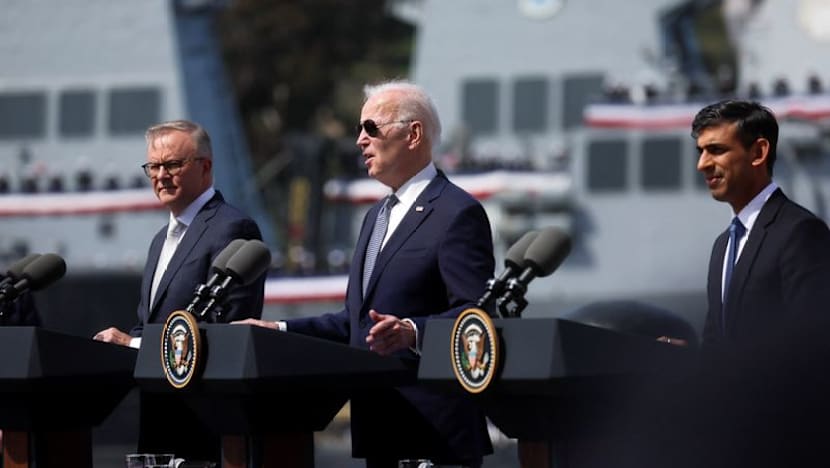WASHINGTON: US President Donald Trump and Australian Prime Minister Anthony Albanese on Monday (Oct 20) signed a new agreement to boost cooperation on rare earths and critical minerals, part of efforts to reduce reliance on China for key industrial materials.
Speaking at the White House, Trump said the deal had been in the works for several months. Albanese described it as an “$8.5 billion pipeline ready to go,” with both countries committing US$1 billion each over the next six months for joint projects, including mineral processing.
“The United States and Australia are strengthening our energy and technology security together,” Trump said.
CRITICAL MINERAL AGREEMENT
Under the agreement, both countries will invest more than $3 billion on critical mineral projects in the next six months, while the Pentagon will also invest in a Gallium refinery in Australia, the White House said in a fact sheet.
Australia will also boost its overall investments in the United States by nearly $1 trillion, totaling $1.44 trillion by 2035, it said.
The agreement comes as China tightens control over global rare earth supplies. These materials are critical for electric vehicles, aircraft engines and advanced weapons systems. While China has the world’s largest reserves, Australia is also a major producer and is seeking to expand refining capacity.

AUKUS DISCUSSIONS CONTINUE
The two leaders also discussed the AUKUS submarine deal, a defence pact first agreed in 2023 under former President Joe Biden, which will see Australia acquire US-built nuclear-powered submarines in 2032 before producing a new class with Britain.
US Navy Secretary John Phelan said both countries were “working closely to improve the original AUKUS framework” and to clarify “some of the ambiguity” in the prior agreement.
Trump, downplaying reports of delays, said: “There shouldn’t be any more clarifications — we’re going full steam ahead, building.”
Canberra has stressed it is meeting its commitments, pledging A$2 billion (US$1.3 billion) this year to expand US submarine shipyards and prepare to maintain Virginia-class submarines at its naval base from 2027.
